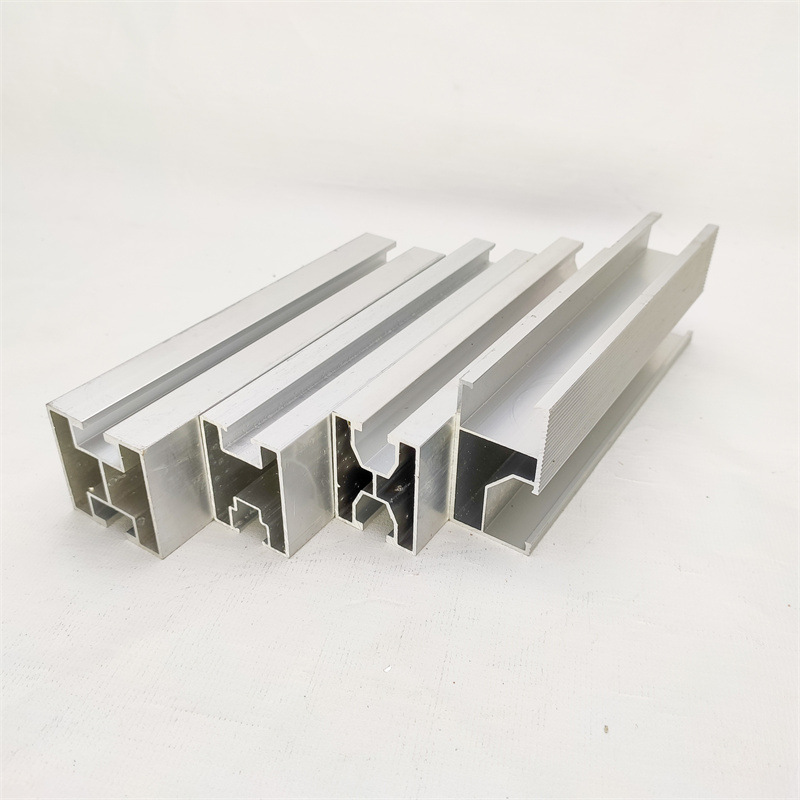

pv panel mounting brackets
พ.ย. . 23, 2024 07:30 Back to list
pv panel mounting brackets
Understanding PV Panel Mounting Brackets Essential Components for Solar Energy Systems
In the realm of renewable energy, solar power stands out as one of the most accessible and widely adopted forms of clean energy. Photovoltaic (PV) panels, which convert sunlight into electricity, are the cornerstone of solar energy systems. However, the effectiveness and longevity of these solar installations largely depend on the quality and design of the mounting brackets used to secure the panels. This article delves into the significance of PV panel mounting brackets, their types, materials, installation techniques, and considerations for optimizing solar energy production.
The Importance of Mounting Brackets
PV panel mounting brackets play a critical role in the solar installation process. They provide the necessary structural support to keep the panels securely attached to various surfaces, such as rooftops or ground mounts. Proper mounting ensures that the panels are positioned at the optimal angle for maximum sunlight exposure, which is vital for enhancing energy efficiency. Moreover, well-designed mounting systems protect the panels from weather-related damage, including strong winds, snow loads, and corrosive environments.
Types of Mounting Systems
Mounting systems for PV panels can be broadly categorized into three types fixed, adjustable, and tracking systems.
1. Fixed Mounts These are the most common type of mounting systems used for residential and commercial solar installations. Fixed mounts hold PV panels at a predetermined angle, typically optimized for the specific geographical location to maximize solar energy capture throughout the year.
2. Adjustable Mounts Unlike fixed mounts, adjustable mounts allow users to change the angle of the panels seasonally or based on specific weather conditions. This flexibility can lead to improved energy generation compared to fixed systems.
3. Tracking Systems These advanced systems follow the sun’s path across the sky, optimizing solar exposure throughout the day. While more expensive and complex, tracking systems can significantly increase the overall energy output, making them a popular choice for large-scale solar farms.
Materials Used in Mounting Brackets
The quality and durability of PV panel mounting brackets are heavily influenced by the materials used in their construction. Common materials include aluminum, steel, and various types of plastic.
pv panel mounting brackets

- Aluminum Lightweight and corrosion-resistant, aluminum is a popular choice for both residential and commercial installations. Its strength-to-weight ratio makes it ideal for beam supports and brackets that require stability without excess weight.
- Steel Although heavier than aluminum, steel provides exceptional strength and durability, making it suited for high-load applications. Steel brackets are often galvanized or powder-coated to prevent rust and extend their lifespan.
- Plastic In certain applications, especially for lightweight panels or temporary installations, high-density polyethylene (HDPE) or other engineering plastics may be used. While not as durable as metal options, they are resistant to corrosion and can be cost-effective solutions.
Installation Techniques
Proper installation of PV panel mounting brackets is essential to ensure the safety and efficiency of the solar system. Here are some key considerations during installation
1. Site Assessment Before installation, a thorough site assessment should be conducted. Understanding the geography, potential shading, and structural integrity of the mounting surface is vital.
2. Structural Integrity Installations must comply with local building codes and regulations. This may involve securing permits and ensuring the building or ground structure can support the weight and wind loads imposed by the solar panels.
3. Correct Orientation Mounting brackets must be installed at the correct angle and orientation. A common angle in many regions is between 30 to 40 degrees, but this can be adjusted based on latitude and seasonal changes.
4. Regular Maintenance After installation, routine checks should be performed to ensure that the mounting brackets remain secure and that no corrosion or wear has occurred over time.
Conclusion
In conclusion, PV panel mounting brackets are essential components that significantly impact the performance, durability, and efficiency of solar energy systems. By understanding the types, materials, and installation techniques of these brackets, homeowners and solar energy professionals can make informed decisions that enhance the long-term viability of their solar investments. In doing so, they contribute to a more sustainable future driven by renewable energy. Properly mounted PV panels not only harness the sun's power effectively but also symbolize the shift towards cleaner energy solutions across the globe.
Latest news
-
Premium Fasteners Manufacturer | AI-Driven Solutions
NewsAug.01,2025
-
Hot Dip Galvanized Bolts - Hebei Longze | High Strength, Corrosion Resistance
NewsAug.01,2025
-
High-Strength Hot Dip Galvanized Bolts - LongZe | Corrosion Resistance, Custom Sizes
NewsAug.01,2025
-
Best Self Tapping Screws for Drywall - Fast & Secure Installation
NewsJul.31,2025
-
High-Strength Hot Dip Galvanized Bolts-Hebei Longze|Corrosion Resistance&Customization
NewsJul.31,2025
-
Hot Dip Galvanized Bolts-Hebei Longze Metal Products|Corrosion Resistance&High Strength
NewsJul.31,2025

